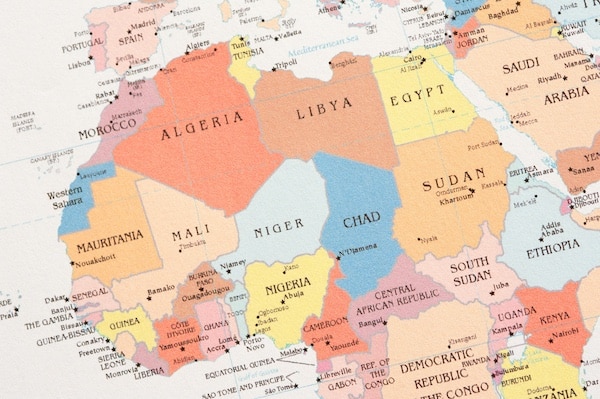DEMOCRACY NOW
VIDEO/Youtube
We speak with Ana Tijoux,, the French Chilean musician and hip-hop artist known for her socially conscious lyrics, as she launches her U.S. tour. Her parents were exiled to France during the U.S.-backed Pinochet dictatorship in Chile, and she returned to Chile in 1993 and has been making music ever since. Her first new album in 10 years was released in 2024, Vida, and Serpiente de Madera is her new EP out this year. “In this historical moment, we are in constant movement. … [E]verything is quick,” says Tijoux of her latest music. “Sometimes for me it is important to come back to my community, to my people, to not lose hope.” Tijoux also discusses the Palestinian diaspora in Chile and the ongoing crackdown on protests against the genocide in Gaza, and the role of artists in confronting the Trump administration’s culture wars.
Transcript
This is a rush transcript. Copy may not be in its final form.
AMY GOODMAN: This is Democracy Now!, democracynow.org, The War and Peace Report. I’m Amy Goodman, with Juan González.
We’re joined now in New York City by Ana Tijoux. She’s the French Chilean musician and hip-hop artist, known for her socially conscious lyrics. Her parents were exiled to France during the U.S.-backed Pinochet dictatorship in Chile. She returned there in 1993 and has been making music almost ever since. In the 1990s, she was part of the Chilean hip-hop group Makiza. As a solo artist, she had a breakthrough album called 1977 and has won multiple nominations for three Grammys and five Latin Grammys. Her work explores topics we address on Democracy Now!, from immigration to radical joy. She has a new album, Vida, which was released last year, her first album in a decade; now a new EP called Snake of Wood. As we speak, she’s releasing a new single from it, which is called —
ANA TIJOUX: “Retome la Pluma.”
AMY GOODMAN: Which means?
ANA TIJOUX: It’s to take the pencil once again to write.
AMY GOODMAN: Ah. Ana Tijoux, it’s great to have you with us again, after a decade. What an honor!
ANA TIJOUX: Thank you so much for inviting me. It’s more than an honor.
AMY GOODMAN: I actually want to go way back in time, as we enter this new era in the United States, going back to Chile. You actually weren’t born in Chile. You were born in France.
ANA TIJOUX: Mm-hmm.
AMY GOODMAN: Talk about why?
ANA TIJOUX: Because we had a dictatorship in Chile, so my parents were exiled and —
AMY GOODMAN: Imprisoned before?
ANA TIJOUX: Yes, so that’s the reason a lot of us, like kids, we say the kids of the dictatorship, we was born and raised in other countries. In my case, it was France at that time.
AMY GOODMAN: For people who don’t know what happened on another September 11th, September 11th, 1973 —
ANA TIJOUX: 1973.
AMY GOODMAN: — if you can explain what the transition from a — well, you weren’t born yet, but from a democratic country, led by Salvador Allende, who died in the palace, on to Pinochet, and what that meant?
VIDEO/Youtube
Democracy Now for more









